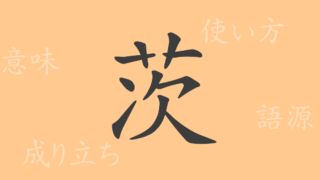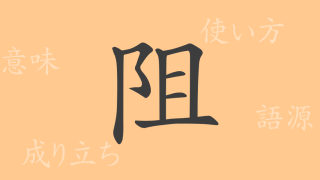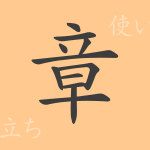The richness of the Japanese language is often reflected in its intricate system of kanji characters, each with its own unique history and meaning. One such character, “紹(しょう),” is commonly used across various contexts and is essential in daily communication. This article delves into the origins, meanings, and applications of “紹(しょう),” exploring everything from its etymology to its use in idioms and proverbs, inviting us on a journey to rediscover the depth embedded in a single kanji character.
Origins of 紹(しょう)
The kanji “紹(しょう)” traces its origins back to ancient Chinese oracle bones. It is composed of the radical for thread “糸” and “召,” originally depicting the act of taking over textiles or garments. Over time, its meaning evolved to represent the concepts of transmitting and inheriting, reflecting how traditions or commands are passed down. Through the ages, its form has transformed, stabilizing into the current kanji “紹(しょう).”
Meaning and Usage of 紹(しょう)
“紹(しょう)” conveys meanings such as ‘to inherit,’ ‘to convey,’ and ‘to spread.’ It is also used in names and geographical terms, offering a wide range of applications. For instance, the phrase “文化を紹(しょう)する” translates to ‘to pass on culture,’ emphasizing the act of cultural preservation and inheritance.
Pronunciation, Stroke Count, and Radical of 紹(しょう)
Understanding the pronunciation, stroke count, and radical components of “紹(しょう)” is crucial for a deeper grasp of its uses and significance:
- Pronunciation: The on’yomi (音読み) is “ショウ,” and there is no specific kun’yomi (訓読み).
- Stroke Count: “紹(しょう)” consists of 11 strokes.
- Radical: The radical is “糸(いとへん)” which pertains to thread.
Idioms and Proverbs Using 紹(しょう) and Their Meanings
“紹(しょう)” features in many Japanese idioms and proverbs, each enriching the language with its unique implications:
- “紹介(しょうかい)”: Referring to the act of introducing or informing someone about something.
- “紹興酒(しょうこうしゅ)”: Denotes a famous type of Chinese wine, highlighting the kanji’s association with heritage and transmission.
Summary on 紹(しょう)
The kanji “紹(しょう)” serves as a bridge connecting traditions and cultures, playing a pivotal role from its historical origins to its contemporary uses. Through its applications, pronunciations, and related expressions, we can appreciate the significance and allure of “紹(しょう).” By exploring the history and meanings hidden within everyday words, we gain a closer connection to the profound understanding of language.

























